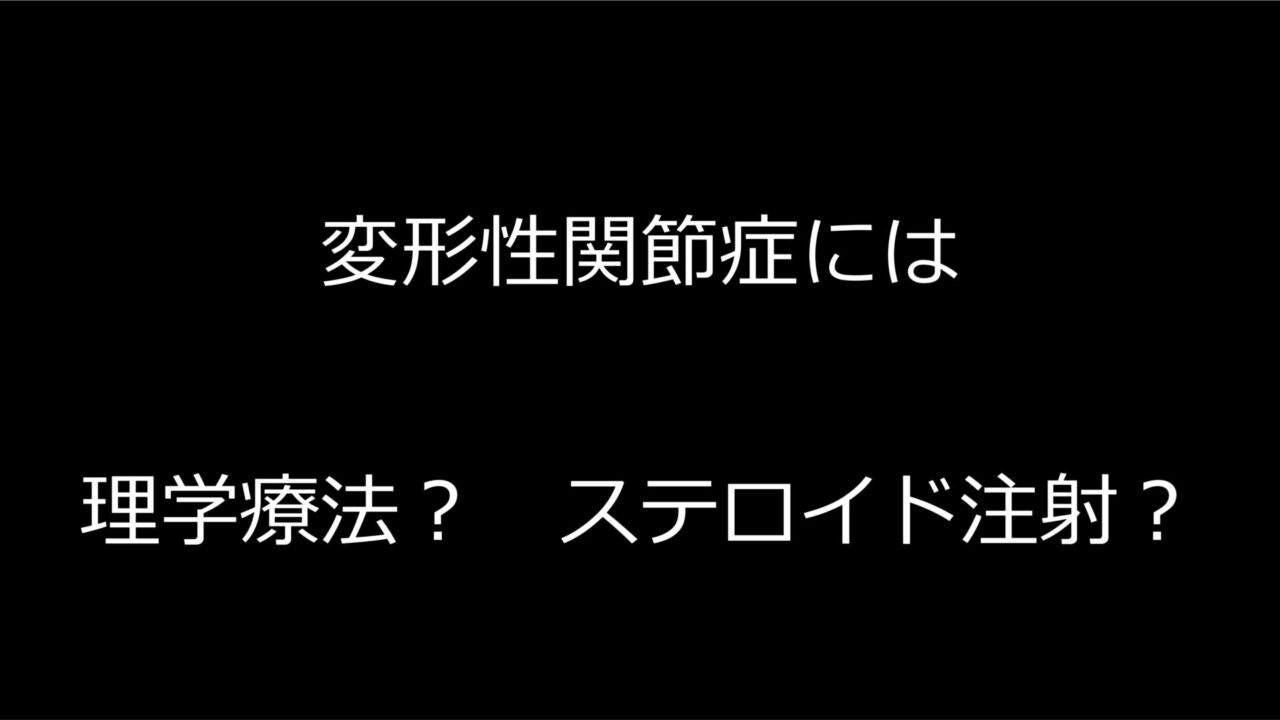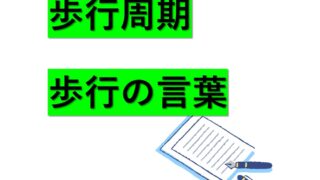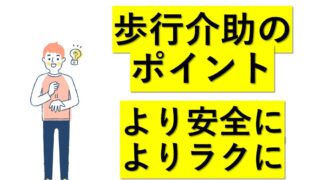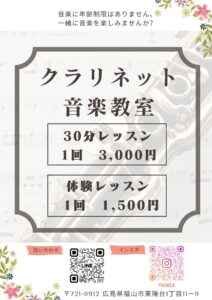紹介
今回はこちらの論文を紹介します!
Physical Therapy versus Glucocorticoid Injection for Osteoarthritis of the
Affiliations expand
- PMID: 32268027
2020年に掲載されています。
背景
Both physical therapy and intraarticular injections of glucocorticoids have been shown to confer clinical benefit with respect to osteoarthritis of the knee. Whether the short-term and long-term effectiveness for relieving pain and improving physical function differ between these two therapies is uncertain.
理学療法と糖質コルチコイドの関節内注射の両方が、膝の変形性関節症に関して臨床的利益をもたらすことが示されています。痛みの緩和と身体機能の改善に対する短期的および長期的な有効性が、これら2つの治療間で異なるかどうかは不明です。
方法
We conducted a randomized trial to compare physical therapy with glucocorticoid injection in the primary care setting in the U.S. Military Health System. Patients with osteoarthritis in one or both knees were randomly assigned in a 1:1 ratio to receive a glucocorticoid injection or to undergo physical therapy. The primary outcome was the total score on the Western Ontario and McMaster Universities Osteoarthritis Index (WOMAC) at 1 year (scores range from 0 to 240, with higher scores indicating worse pain, function, and stiffness). The secondary outcomes were the time needed to complete the Alternate Step Test, the time needed to complete the Timed Up and Go test, and the score on the Global Rating of Change scale, all assessed at 1 year.
米国軍保健システムのプライマリケア環境で理学療法と糖質コルチコイド注射を比較するランダム化試験を実施しました。片方または両方の膝に変形性関節症を有する患者は、糖質コルチコイド注射を受けるか、理学療法を受けるか、1:1 の比率で無作為に割り当てられました。主要アウトカムは、西オンタリオ大学およびマクマスター大学の変形性関節症指数 (WOMAC) の 1 年時点での合計スコアでした (スコアの範囲は 0 から 240 で、スコアが高いほど痛み、機能、硬直が悪化していることを示します)。副次的なアウトカムは、Alternate Step Test を完了するのに必要な時間、Timed Up and Go テストを完了するのに必要な時間、および Global Rating of Change スケールのスコアであり、すべて 1 年で評価されました。
結果
We enrolled 156 patients with a mean age of 56 years; 78 patients were assigned to each group. Baseline characteristics, including severity of pain and level of disability, were similar in the two groups. The mean (±SD) baseline WOMAC scores were 108.8±47.1 in the glucocorticoid injection group and 107.1±42.4 in the physical therapy group. At 1 year, the mean scores were 55.8±53.8 and 37.0±30.7, respectively (mean between-group difference, 18.8 points; 95% confidence interval, 5.0 to 32.6), a finding favoring physical therapy. Changes in secondary outcomes were in the same direction as those of the primary outcome. One patient fainted while receiving a glucocorticoid injection.
平均年齢 56 歳の 156 人の患者を登録しました。 78 人の患者が各グループに割り当てられました。痛みの重症度や障害のレベルなどのベースライン特性は、2つのグループで類似していました。平均 (±SD) ベースライン WOMAC スコアは、糖質コルチコイド注射群で 108.8±47.1、理学療法群で 107.1±42.4 でした。 1 年後の平均スコアは、それぞれ 55.8±53.8 および 37.0±30.7 であり (平均群間差 18.8 ポイント、95% 信頼区間 5.0 ~ 32.6)、理学療法を支持する結果でした。副次アウトカムの変化は、主要アウトカムの変化と同様でした。 1人の患者はグルココルチコイド注射を受けている間に気絶しました。
結論
Patients with osteoarthritis of the knee who underwent physical therapy had less pain and functional disability at 1 year than patients who received an intraarticular glucocorticoid injection.
理学療法を受けた変形性膝関節症の患者は、関節内糖質コルチコイド注射を受けた患者よりも、1年で痛みと機能障害が少なかったです。
私見
利用者さんからは「膝に注射打った」と聞くことがこれまでの臨床場面で多かった印象です。ですが、その多くの人が複数回、注射をされた方や痛み、その他の機能障害を有しています。
今回の結果は理学療法では糖質コルチコイド注射と比較するとより効果的な結果であったと思います。やはり、筋トレも実施しなければ痛みや機能障害も出現しやすいのでしょうね。
この論文の結果は理学療法を支持する内容でしたが、理学療法を実施するのにも医療保険、介護保険を使用するため金銭的な面でどのようなリスクがどの程度あるのかを知っておく必要もあります。







